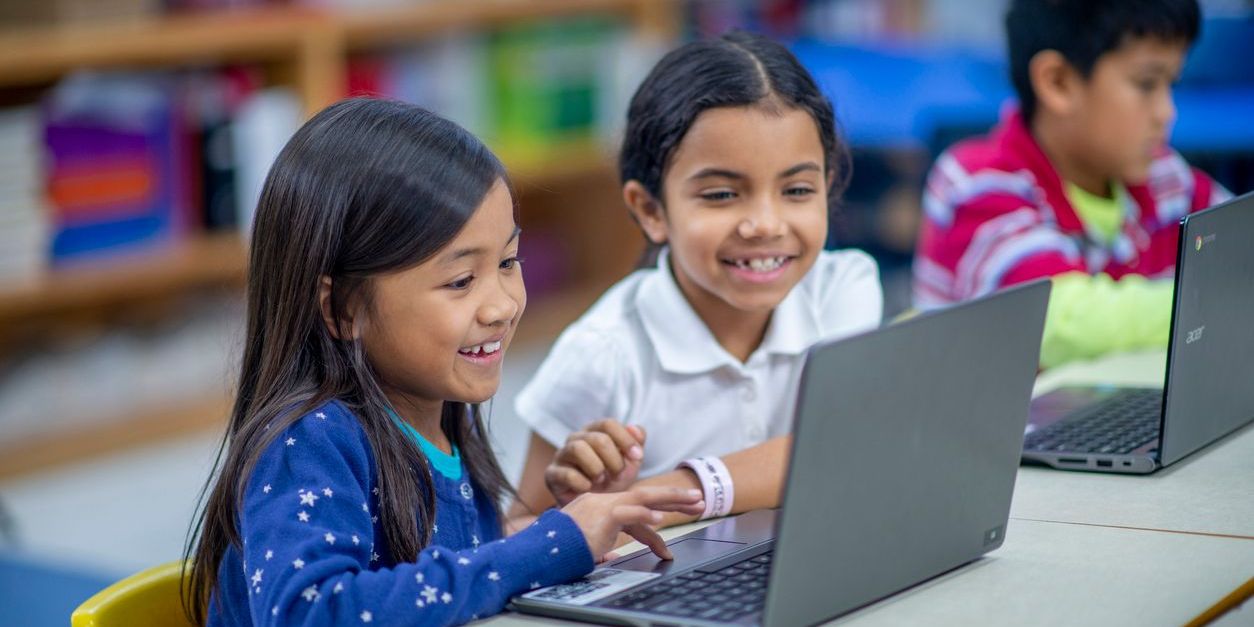| By Gale Staff |
Many educators try to use different topics and lessons to keep students engaged in the classroom, and using pop culture topics and references is one way that teachers can help attract and keep students’ attention. Although pop culture topics can be entertaining for students and teachers, teachers need to use such topics thoughtfully and in classroom-appropriate ways. Teachers can use the numerous articles related to pop culture in the Gale In Context: Elementary database to interest students and guide grade-appropriate discussions of pop culture in the classroom. The pop culture articles in the database have exciting, relevant content tailored for elementary school audiences.
Toys and Games
The new “Barbie” article in the database helps students learn about the well-known doll that has become an important part of American pop culture. The article tells the history of the doll, which was first manufactured in the United States in the late 1950s. Students can read the article to better understand how the doll changed over time and became a well-known figure. The article also includes a sidebar about the 2023 American film Barbie. Reading the article and looking at the accompanying picture will keep students interested while helping them understand American culture and history.
Students interested in gaming will likely be interested in reading the new Roblox article, which tells about the trendy online gaming platform. Students can read the article to better understand how the game was first developed and how it has changed over time. The article explains that Roblox has become a hugely popular game, which has made the company that runs the game wealthy. Students can also learn the reasons players enjoy the game. In addition, they can learn about some adults’ concerns about children playing the game.
Famous Figures
Teachers can find numerous new and updated articles in the database about famous pop culture figures that students may want to know more about. For example, students can read the new article “Lolita the Orca” about a famous killer whale that lived in captivity in the United States until it died in 2023. Students can read the article to learn that hunters captured Lolita in 1970, when she was four years old. She lived in captivity in Florida for the rest of her life. Although her trainers were preparing to release Lolita back into the wild, the killer whale died before she was freed.
Students can also learn about famous people who have become part of popular culture. Students might be interested in reading about Milton Snavely Hershey, who founded the Hershey Chocolate Company. Students can read about Hershey’s bumpy road to success and his commitment to helping the community after he became wealthy. Teachers can help students make connections between Milton Hershey and the well-known American candy brand that still has his name.
Students might be especially interested in reading about young people who have become part of pop culture. The new article about Ukrainian American actress Sofia Sanchez will help students learn more about the actress, writer, and model, who is popular on social media. Sanchez was born in Ukraine, but she was adopted by an American family when she was young. Sanchez is famous for sharing details about her life and about having Down syndrome, and she has become even more famous for her modeling and acting career.
Current and Historical Pop Culture
Teachers can find articles about current pop culture trends and about pop culture moments in history. For example, pickleball has become an extremely popular sport in the United States as of the early 2020s. Teachers and students can access the new “Pickleball” article to learn more about the sport’s history and recent popularity. The article explains how the game was invented in the 1960s and became popular in the United States in the 2020s, partly because of the COVID-19 pandemic.
Students can also access articles about pop culture from different points in history. For example, the Rosie the Riveter article will help students learn about the icon’s origins during World War II and about the woman who inspired the character. The article also explains how the famous Rosie the Riveter poster was made and how it made the character famous. Teachers can encourage students to look at the image accompanying the article to help them better understand the famous image and character and their effects on American culture.
Using Pop Culture to Foster Critical Thinking
A benefit of using pop culture topics in the classroom is that teachers can more easily guide students into critical-thinking exercises since the students may already be interested in and knowledgeable about the topics being discussed. Teachers who are interested in promoting critical thinking using the resources from Gale In Context: Elementary could ask students to make connections between one or more of the pop culture topics they read about. For example, a teacher could ask students to think about how Barbie and Roblox are similar and different. Teachers could also ask students to craft and share opinions about one or more of the pop culture topics they read about in the database. For instance, a teacher could ask students whether they would be interested in playing pickleball and why they think the sport has become so popular. By asking students about topics they know and care about, teachers can help students practice critical-thinking skills, which they will use in the classroom and beyond.


